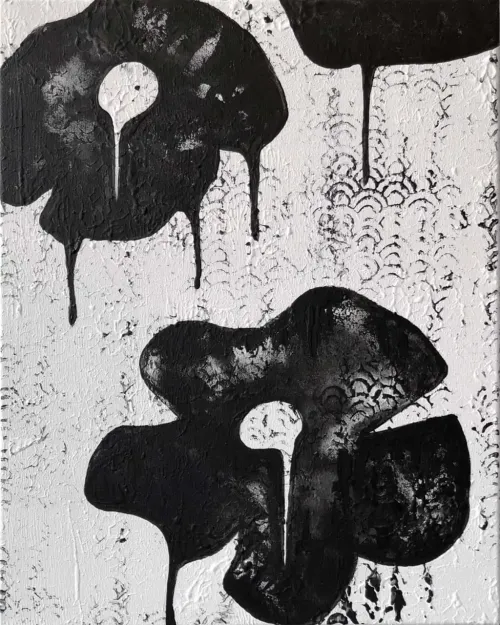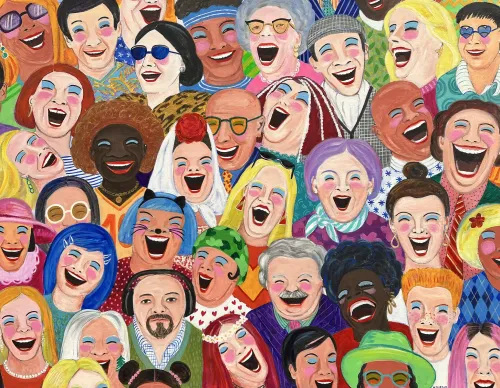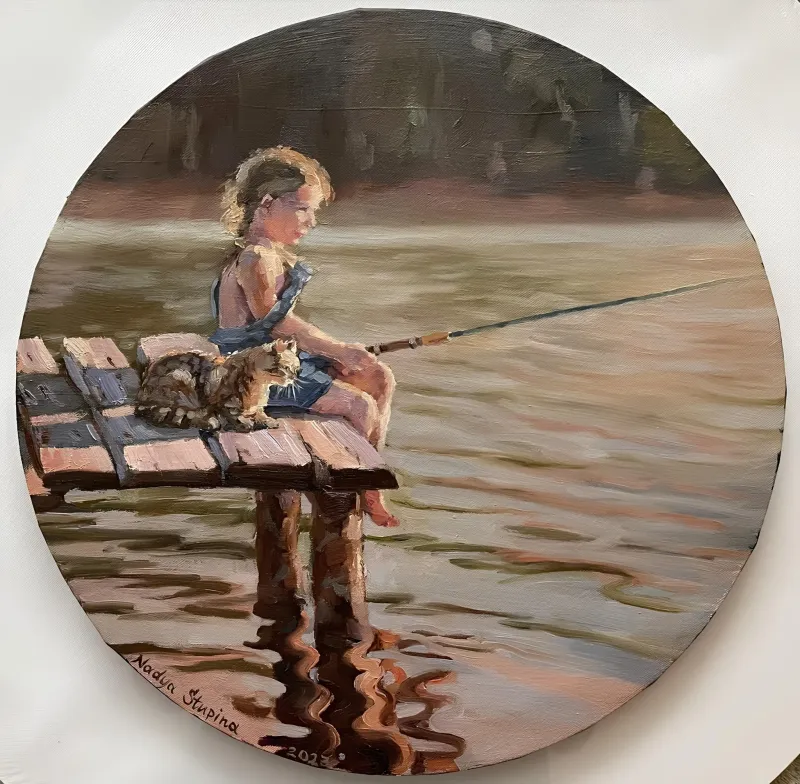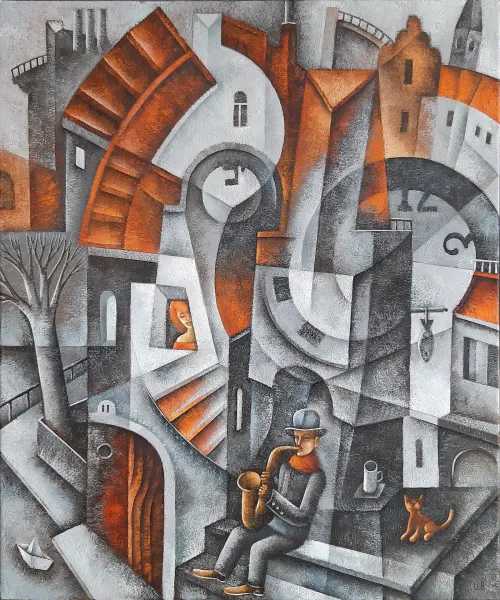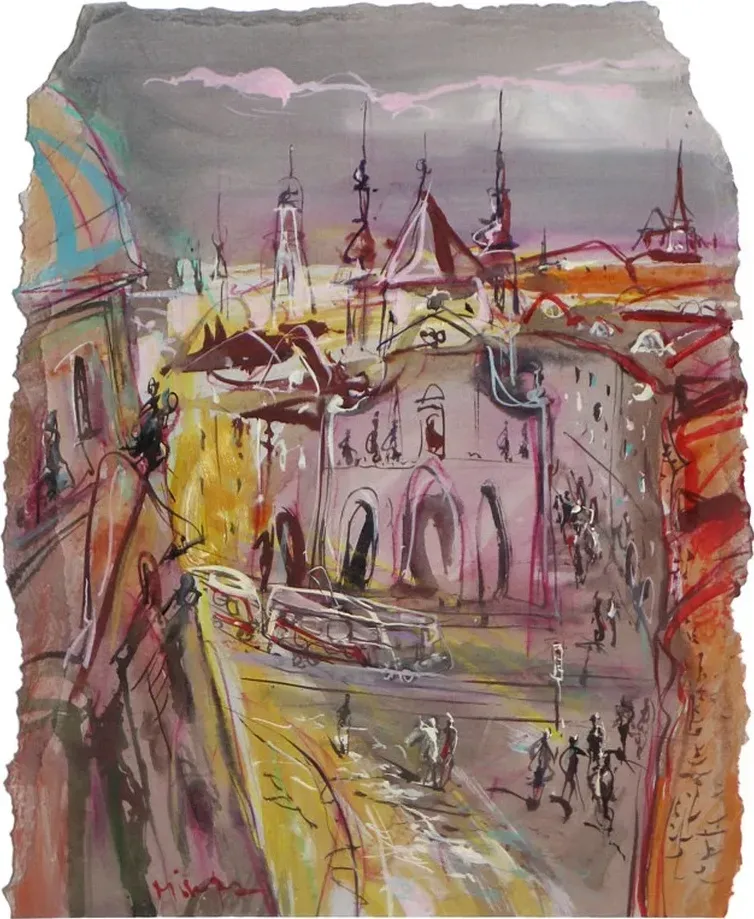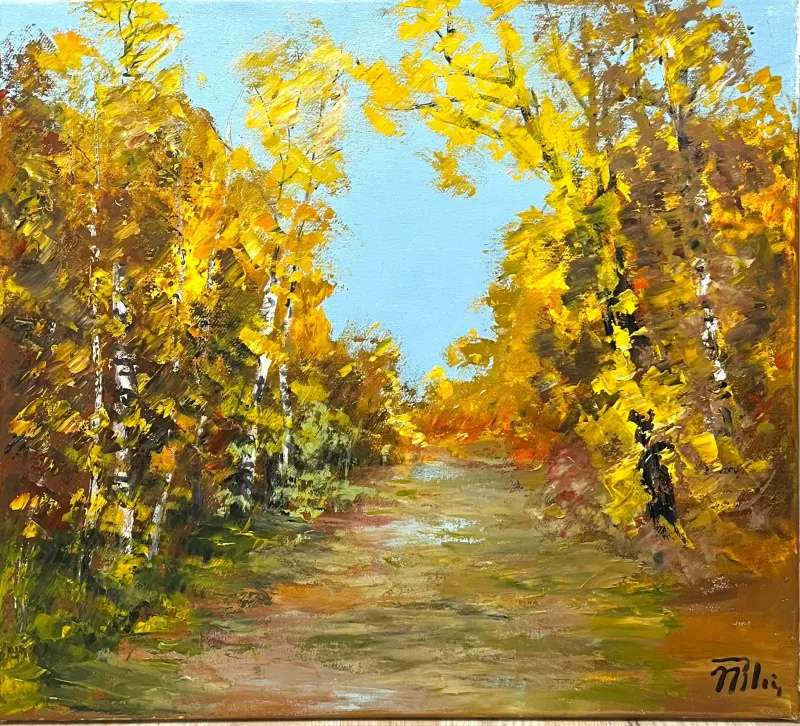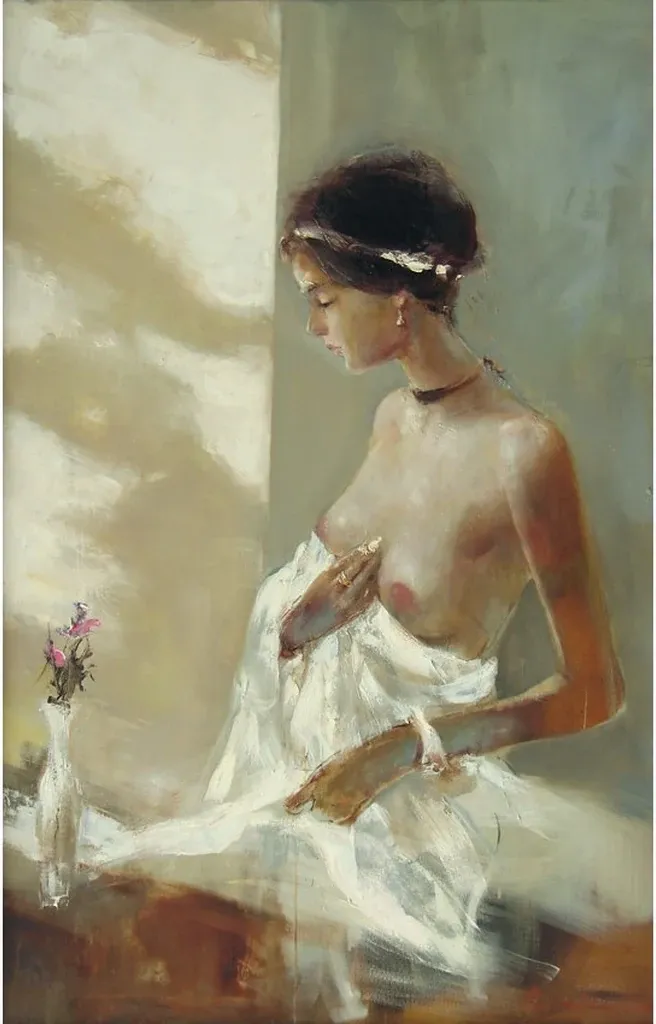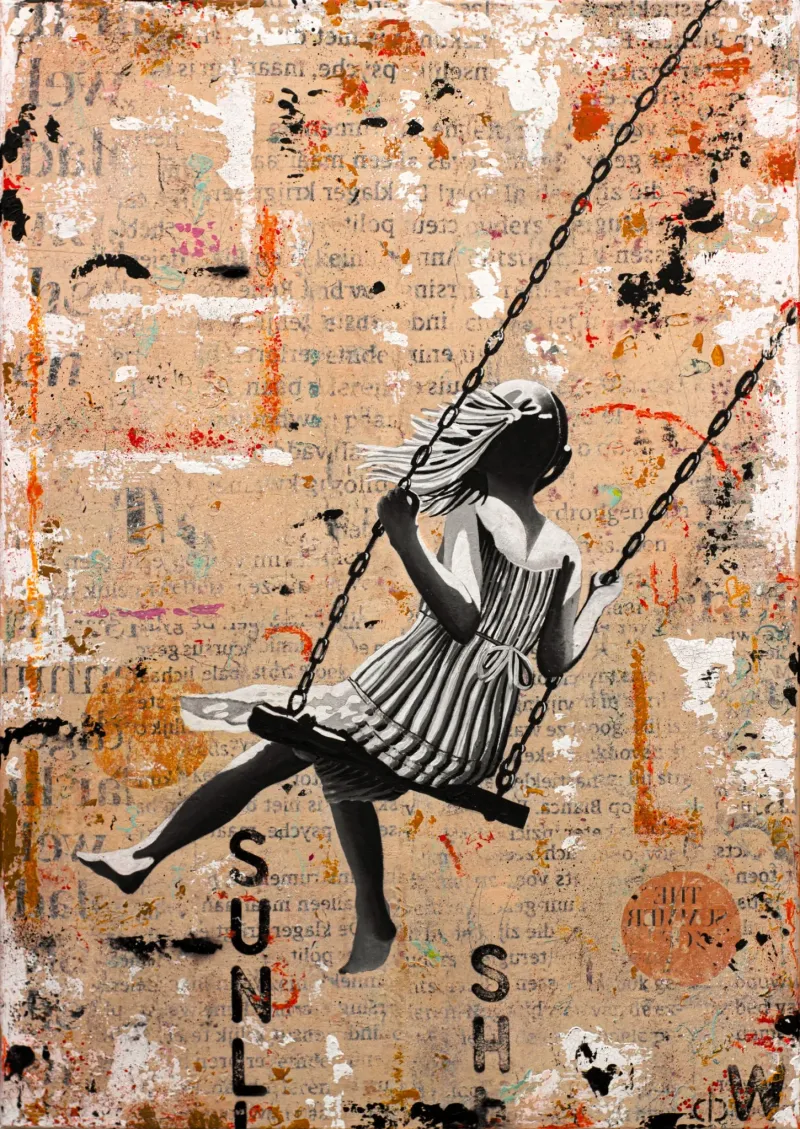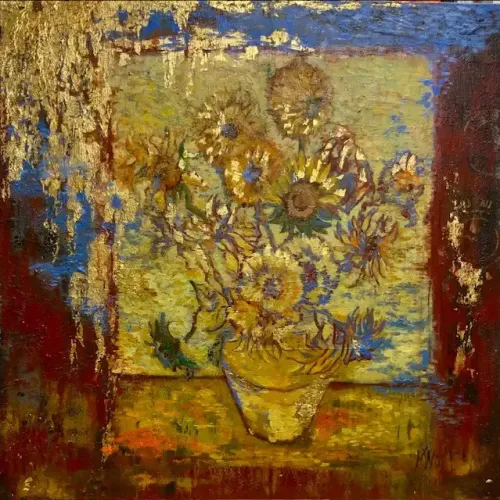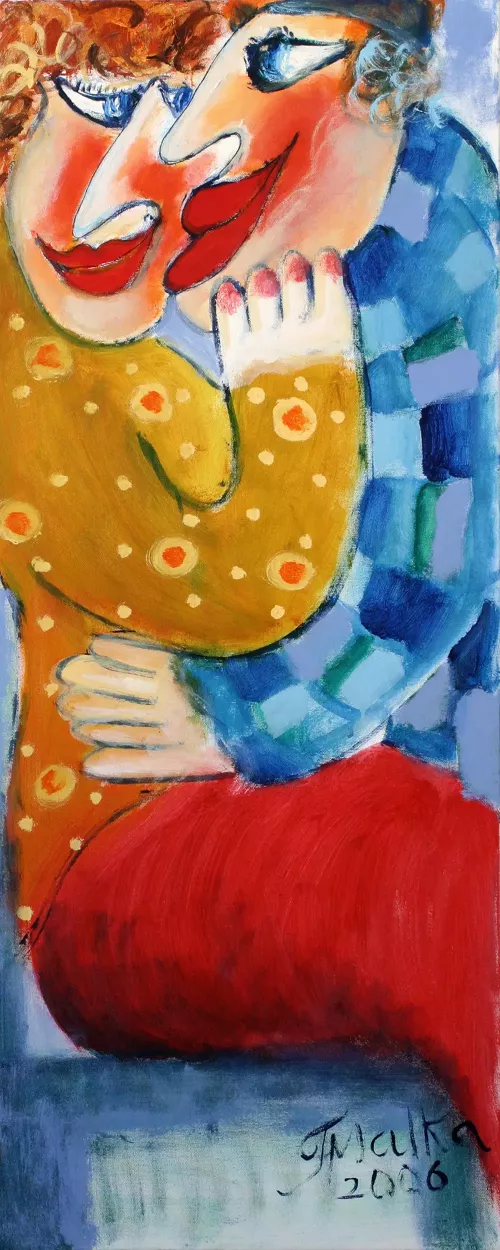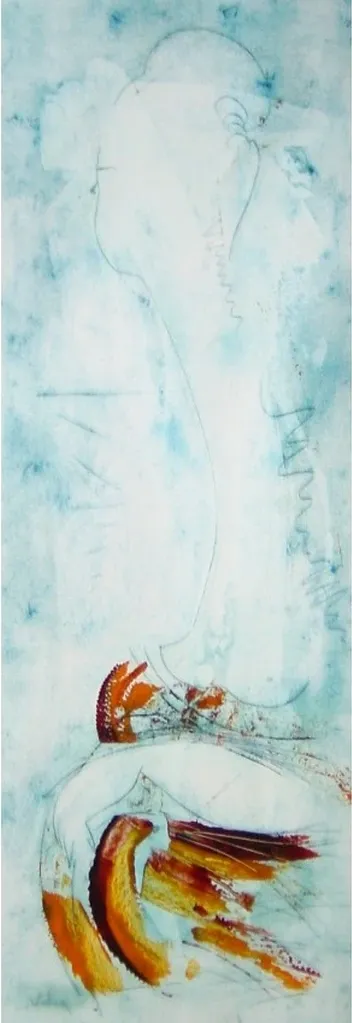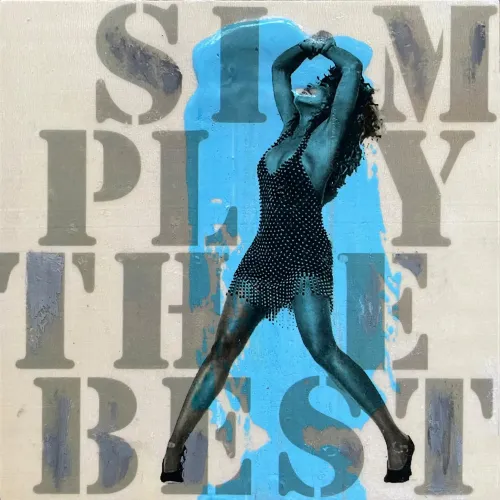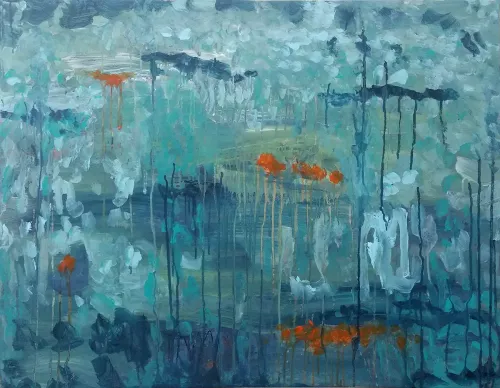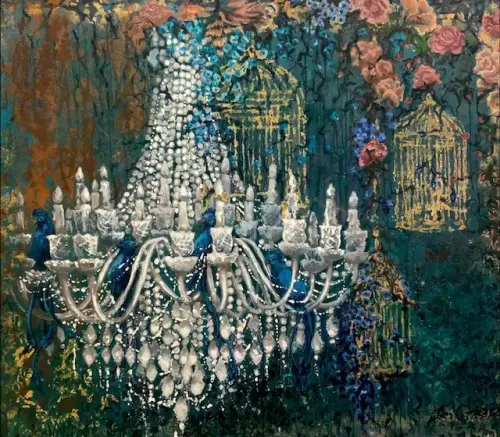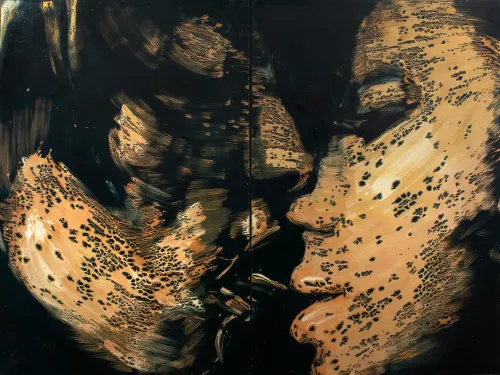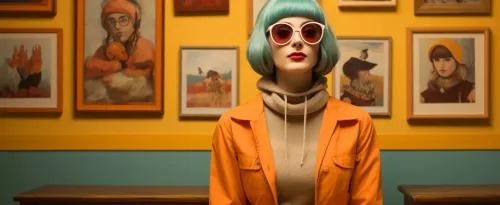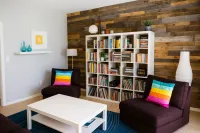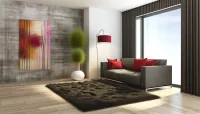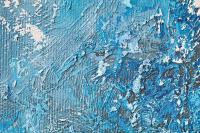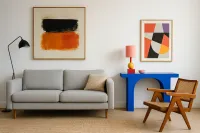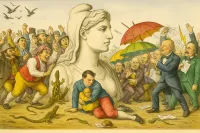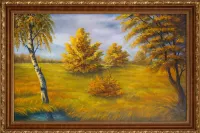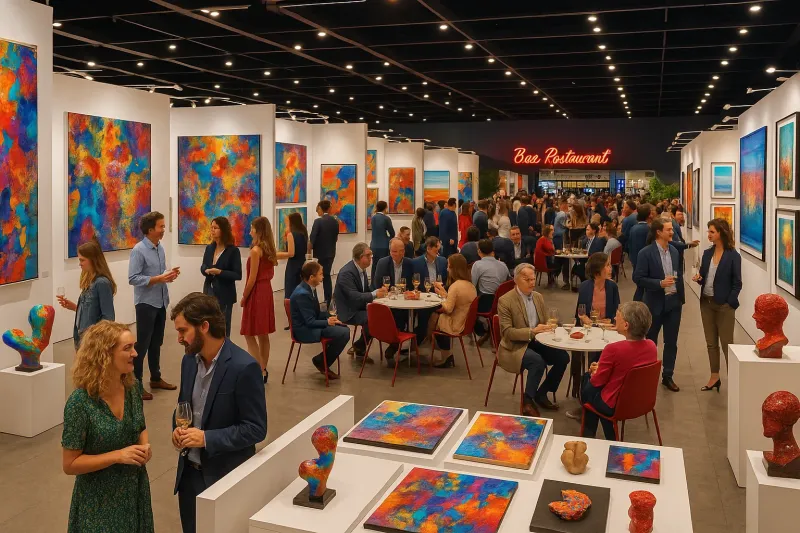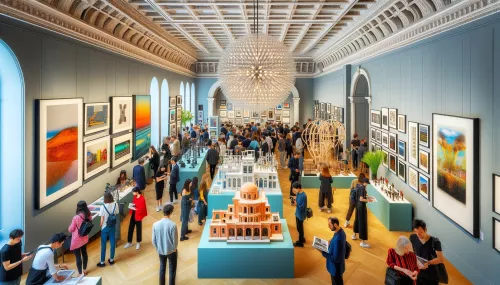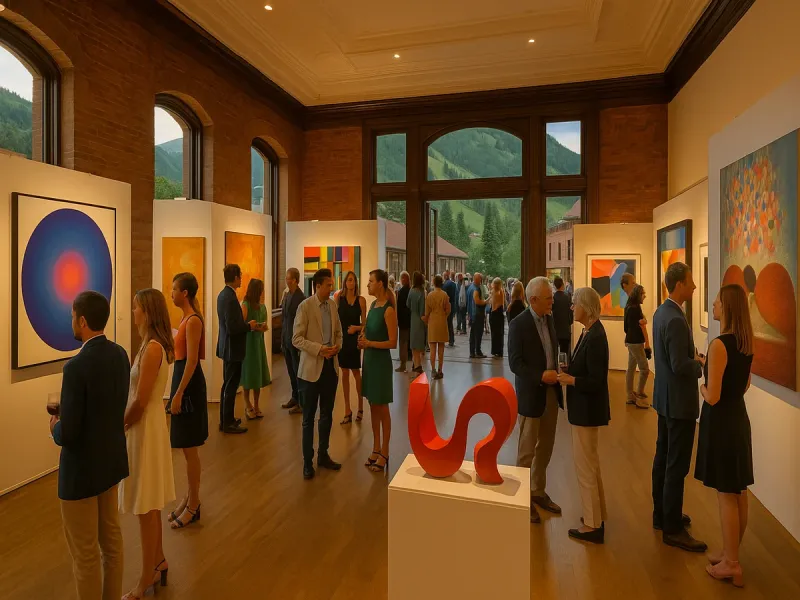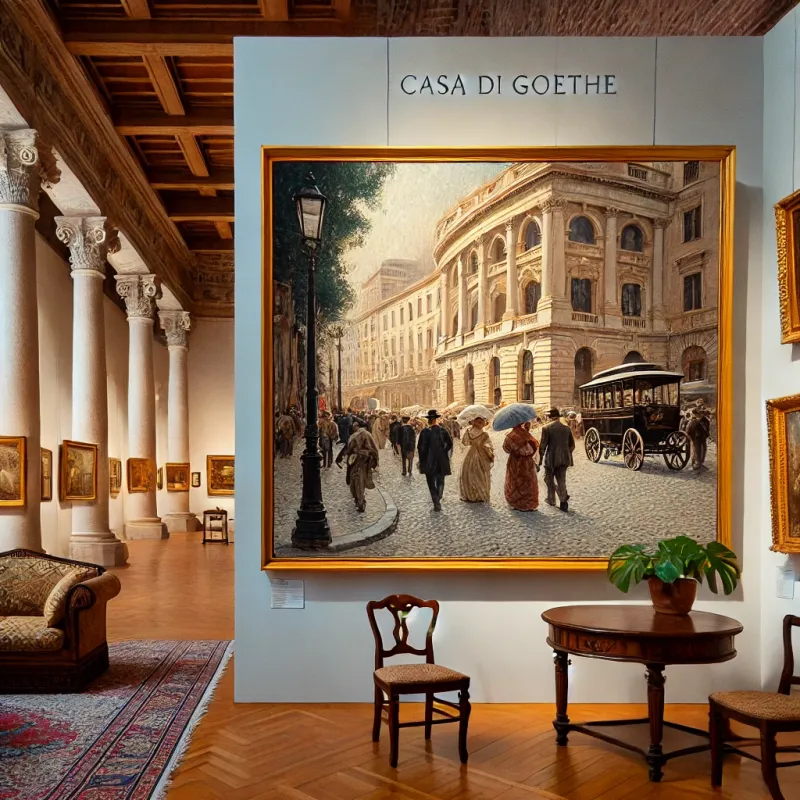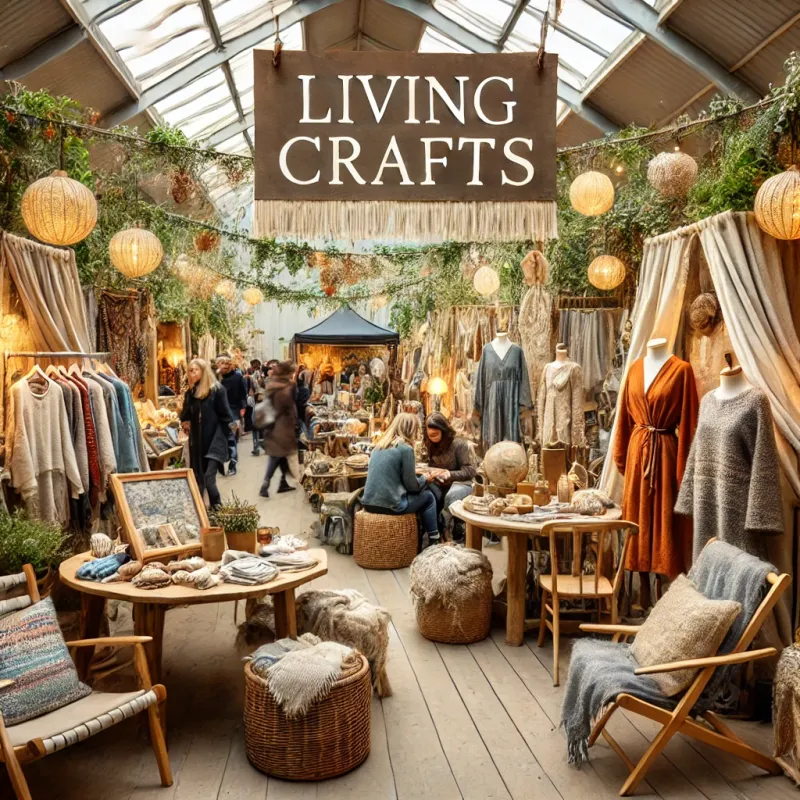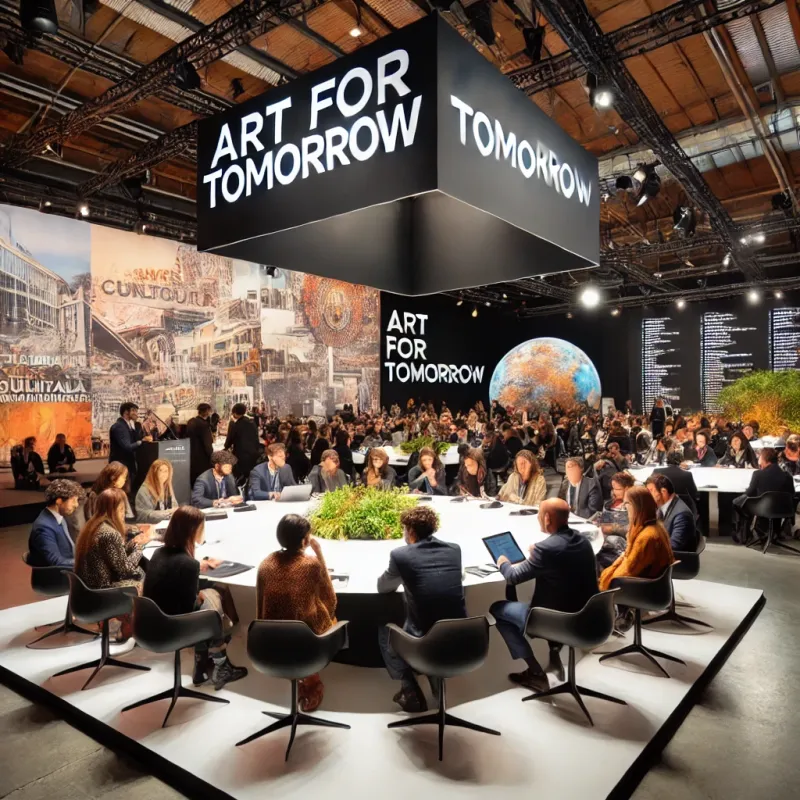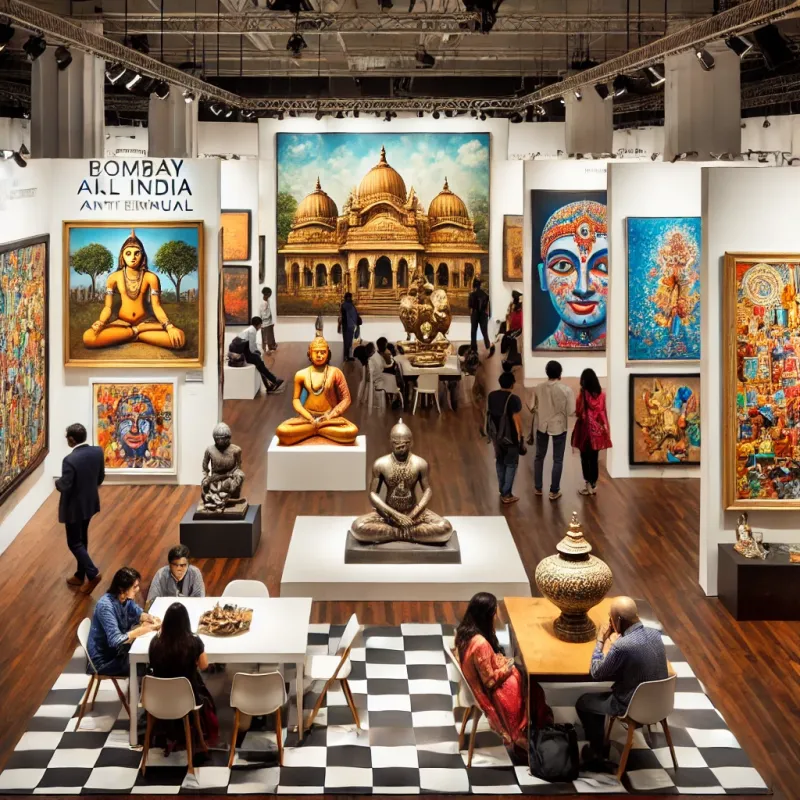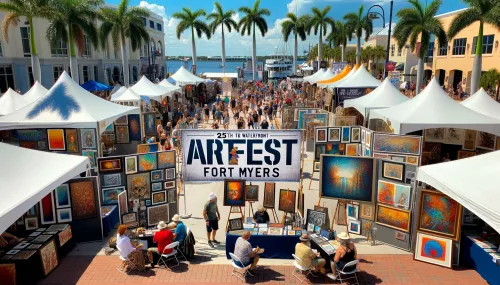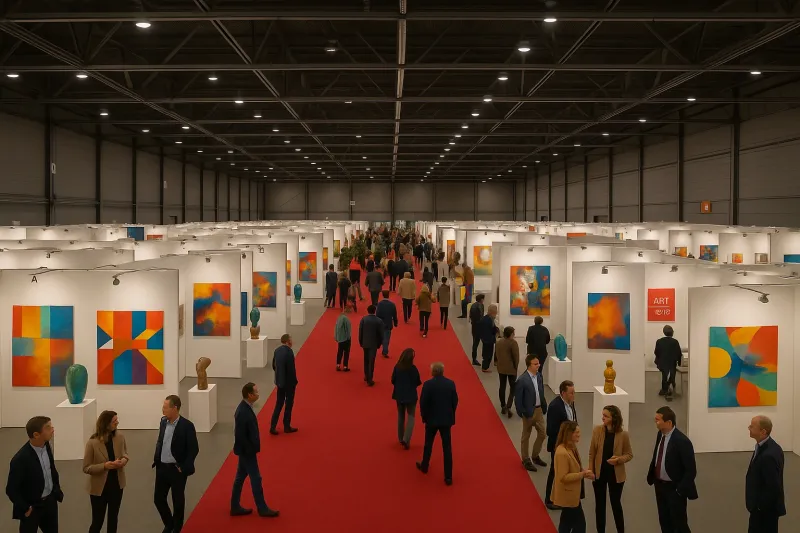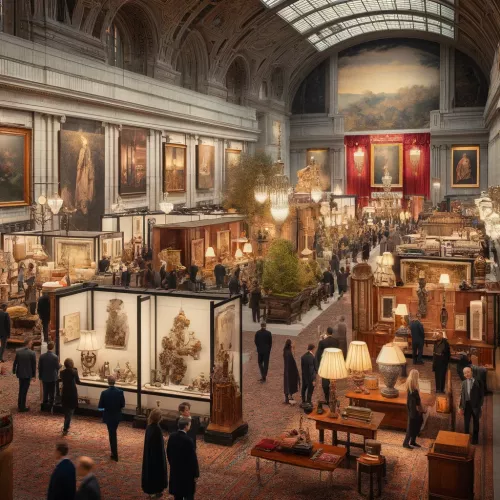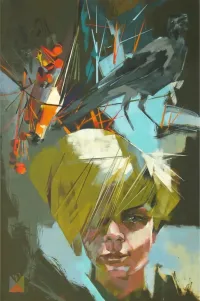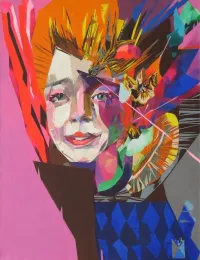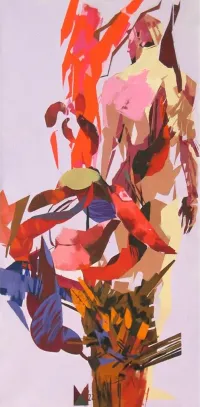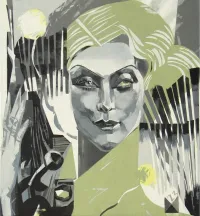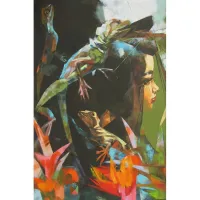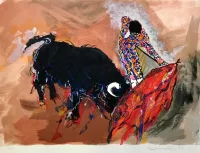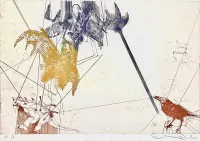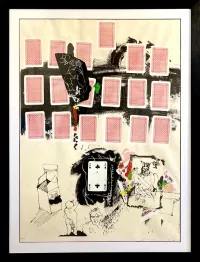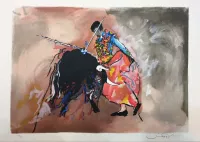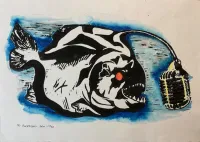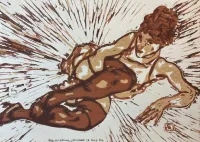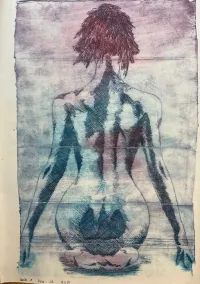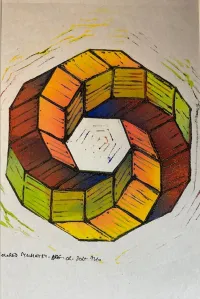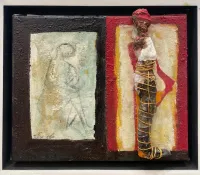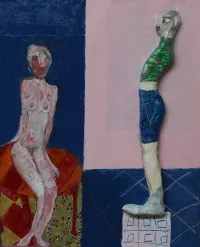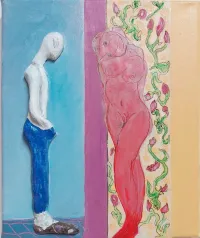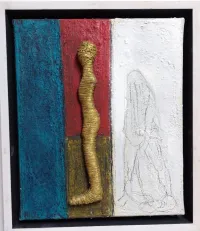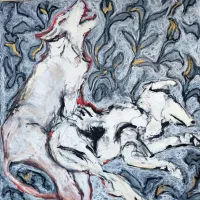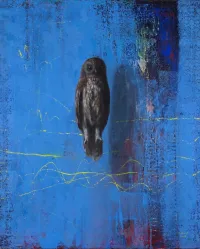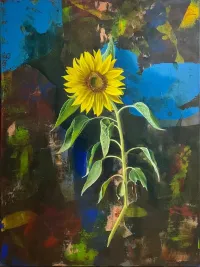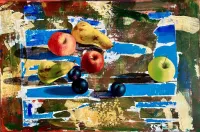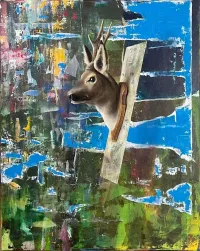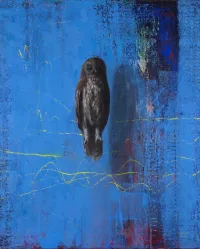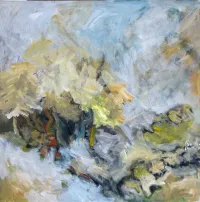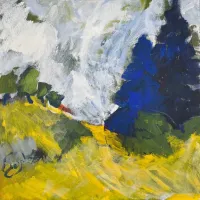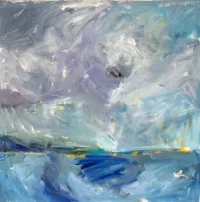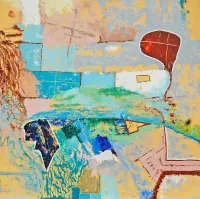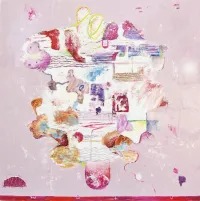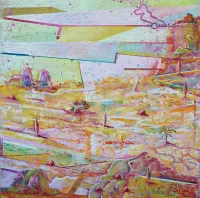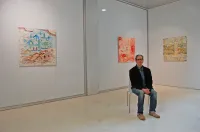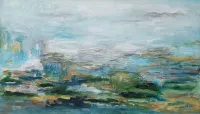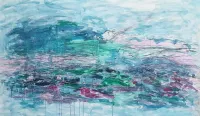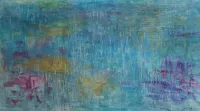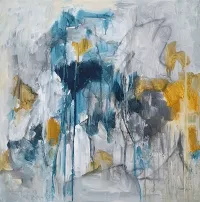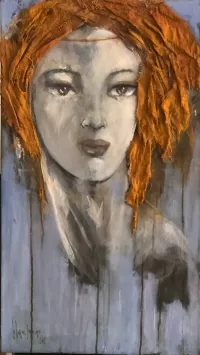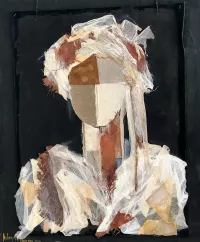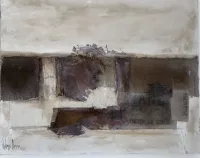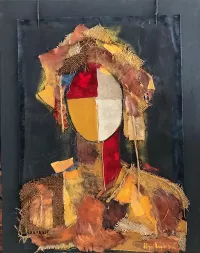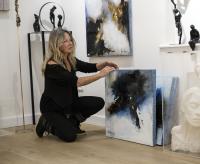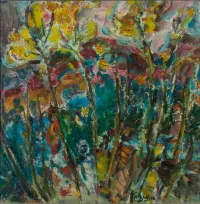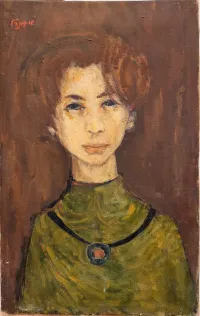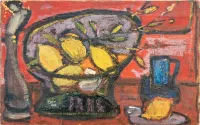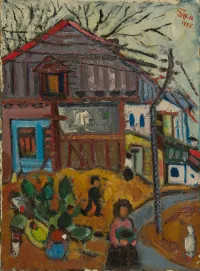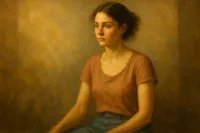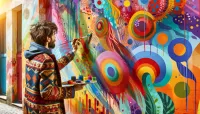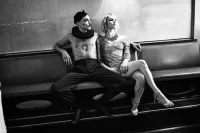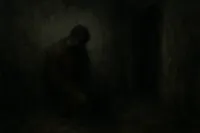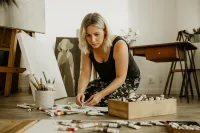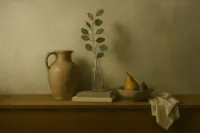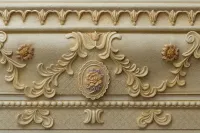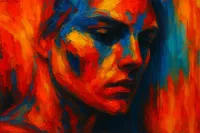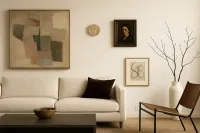How Realism Challenged Artistic Conventions
Realism Revolution: How Unvarnished Truths and Everyday Lives Redefined Artistic Boundaries
Published:
 How Realism Challenged Artistic Conventions
How Realism Challenged Artistic Conventions
Realism Revolution: How Unvarnished Truths and Everyday Lives Redefined Artistic Boundaries
Setting the Stage for Realism's Revolution
For centuries, idealized and artificial standards dominated Western art. Confining traditions limited acceptable subjects and techniques aimed at allegory, glorification of elites, and moral instruction. By the mid-19th century, simmering restlessness combined with social turbulence set the stage for overthrowing ossified conventions. From the ferment arose the revolutionary Realist movement. Realism explicitly confronted entrenched artistic norms by depicting the unvarnished realities of everyday life in an identifiable modern world, and realism artworks became powerful symbols of social and cultural transformation.
More Than Merely Replicating Reality
The realism art definition is simple. At its core, Realism sought to objectively represent subjects and scenarios from the visible world rather than imagined or invented themes. But mere photographic imitation was not the aim. Realism intentionally included “unaesthetic” ordinary subject matter viewed as vulgar by the ruling Academy's standards. By capturing the lives of workers, rural peasants and petit bourgeoisie without idyllic embellishment, Realists conveyed truths often excluded from art's narrow lens.
Above all, Realism communicated the artist’s authentic emotional reactions to social realities around them. It transformed the role of art into a vehicle for subtle social commentary through portraying the world as it is, not as the ideal.
Tracing the Roots of the Realism Art Movement
The realism art movement’s origins are traced to the 1830s revolutions fomenting political liberalism across Europe. In France, the 1848 French Revolution proved decisive by enabling artists independence from bourgeois state control. Gustave Courbet became Realism’s pioneering firebrand. His provocative masterpiece “Burial at Ornans” flouted convention by portraying common folk on a larger-than-life scale previously reserved for gods and royalty.
Jean-François Millet's sympathetic depiction of peasants aligned with emerging socialist ideals. Honoré Daumier contributed satirical caricatures of bourgeois industrialists and the justice system. Across the Atlantic, Winslow Homer and Thomas Eakins created insightful Realist works examining racism, poverty, and mental health. Across mediums and nations, defiant Realists rebelled against artistic edicts by portraying the world as it was, not how institutions pretended it to be.
Breaking Boundaries: Realism’s Departure from Established Artistic Norms
Realism deliberately transgressed standing conventions in subject matter, form and technique:
· Subjects – Rather than gods, saints and elites, Realists depicted ordinary citizens, laborers and the downtrodden.
· Color – Brazen color palettes defied muted Academic earth tones.
· Brushwork – Visible lively paint textures rejected slick invisible Academic brushing.
· Composition – Asymmetric frames and bold cropping conveyed spontaneity.
· Lighting – Unidealized illumination and shadows achieved visual truth.
· Movement – Spontaneous poses rejected stiff Academic formalism.
By breaking compositional "rules", Realists expressed emotional authenticity absent from contrived Academic ideals.
Bridging the Gap Between Realism and Imagination
Some painters blended Realism with imaginative visions conjured by encountering the real world. Pierre Bonnard incorporated fantasy landscape elements with real models in a style termed “Intimisme”. Paul Gauguin fused post-impressionist colors with Tahitian subject matter observed during his travels. Their Semi Realism art style are preserved an intriguing interplay between perceived reality and inner reactions. This synthesis generated possibilities beyond pure representational Realism.
The Enduring Legacy of Realism in Modern Art
From aesthetics to ideology, Realism prodded 19th-century art from its insular trajectory by injecting plebian humanity into art's lofty orbit. By chasing truths over idealism, Realists irreversibly expanded what constituted valid artistic content. Their ethos continues influencing figurative artists focused on nuances of personality and social forces over fantasy. Realism’s once-subversive aims are now the norm, proving art and progress are partners in channeling the inspirational power of unvarnished realities.


